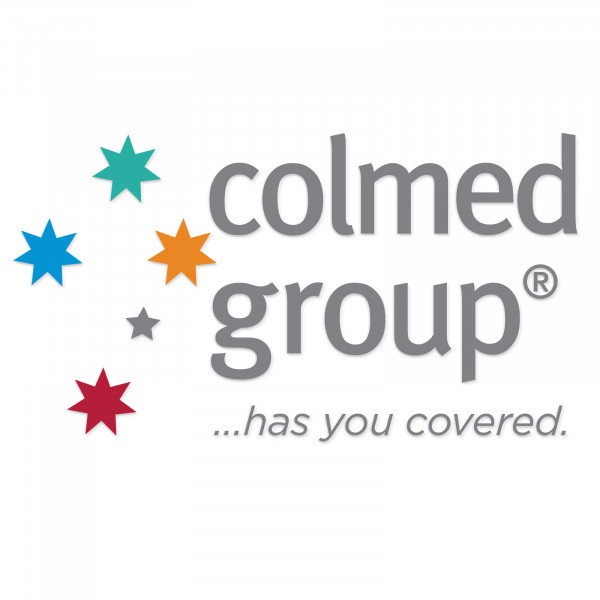
Case Study
Colbrow Medics provided medical cover at an athletics competition with three Advanced Medics stationed by 8am in the stadium’s first aid room, located next to the 400m track.
It had been a busy day for the Colbrow Event Medics, who had assessed and treated asthma cases and a range of soft tissue injuries. The day was coming to an end and the last of the 4x100m relays were taking place when the Medics were informed of a patient who had collapsed near the finish line. A team of two Medics responded quickly and were by the patient’s side in approximately 30 seconds. When they arrived they could see a young female lying supine on the floor with a bystander holding the patient’s mouth open.
Prior to physical contact with the patient, the Medics conducted a primary survey, assessing the scene to identify any hazards or clues as to what might have happened. The Medics could see the patient was pale, motionless and looked acutely unwell. The bystander (who luckily was identified herself a medical doctor in emergency medicine) witnessed the event and stated she just collapsed to the ground when she was watching the relays.
Immediately, the patient’s responsiveness level was measured using AVPU scale (an acronym used to measure a person’s level of consciousness A=alert, V= voice, P= pain, U= unresponsive). She was found to be unresponsive in this situation. I instructed my colleague to call for the stadiums AED (automated external defibrillator) and call 000 for an ambulance.
Next step was to move onto airway assessment. The patient’s airway was assessed for visible obstructions and patency. A head tilt chin lift was already being performed by the Doctor. The patient was still unresponsive so I inserted an OPA (oropharyngeal airway) which is a medical device used to open and maintain a patient’s airway. When a person becomes unconscious the muscles in the body relax and the tongue can obstruct the airway, which can prevent you from breathing. This OPA device or airway adjunct prevents this from happening.
Following on from airway assessment the patients breathing was assessed and found to be dangerously low and outside the normal parameters. At this point, a face mask was used to assist the patient’s breathing until the oxygen and bag valve mask arrived. Seconds later the oxygen and AED arrived and the patient’s breathing was assisted with oxygen and bag valve mask (a device used to help patients breath).
Next, was to identify if the patient had cardiac output, thankfully the patient had a good strong regular pulse and was not bleeding from anywhere. The patient’s consciousness level was assessed again using a more comprehensive tool called the Glasgow coma scale (GCS). A GCS of 15 is alert and orientated while a GCS of 3 is completely unresponsive to any stimuli. The patient, in this case, had a GCS of 3.
The patient has no obvious injuries and the doctor assured me that the patient didn’t hit her head when she collapsed and went down gently. At this point, we tried to determine the underlying cause and assessed the patient’s vital signs to rule out a range of medical conditions.
Respiratory rate 2
Heart rate 108
Temperature 37.8
SP02 88%
Blood sugar level 7.0mmol
Blood pressure 135/98
Pupils size 3 and slow to react.
Whilst waiting for the ambulance some background historical information was gained from the patient’s teacher using the AMPLE mnemonic.
A –Allergies
M –Medications
P –Past Medical History
L –Last meal
E –Events leading up to presentation
After approximately 10 minutes the patient’s condition started to improve and she no longer needed ventilating. She was placed onto an oxygen mask and was now breathing adequately for herself. Her GCS improved and when she was alert she began to complain of a bad head ache.
The ambulance arrived and a clinical handover was giving to them, she was transported to the hospital for further investigations.
Outcome
Fortunately, the outcome for this patient was good, she made a full recovery and is awaiting further tests.
Discussion
This case highlights the importance of having trained medical personnel on standby at events who have had appropriate training and have the equipment to deal with any emergency or even minor illness or injury. In this particular case, the medics responded quickly to the incident and were able to protect the patient’s airway from obstruction and assist her breathing which would have prevented serious long term complications such as brain damage due to hypoxia, or worse case this young lady could have lost her life.
The reality is that medical emergencies can occur absolutely anywhere and at any time. Any type of event may create the conditions that cause medical emergencies to happen, whether you meant to or not. Organisers have a responsibility to look after the safety and welfare of their patrons. So, with that in mind, it is definitely worth the financial investment to have professional medical personnel standing by for those unexpected and unexplained medical emergencies.
